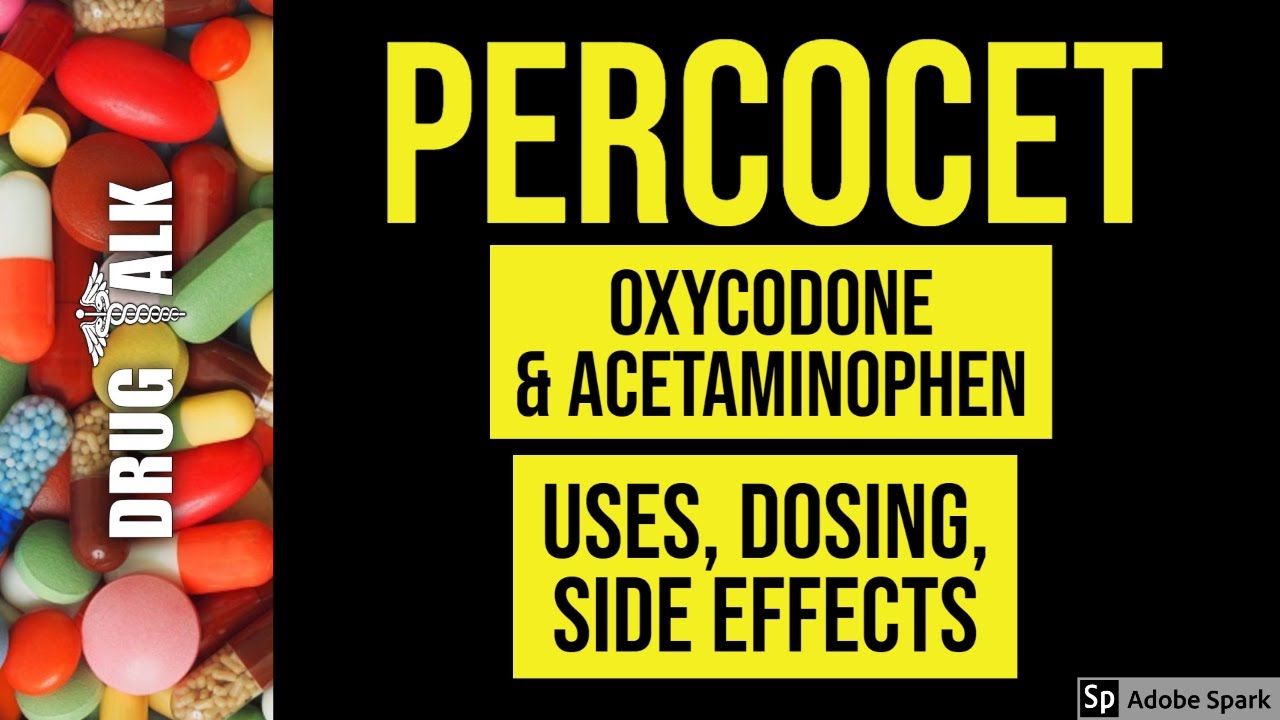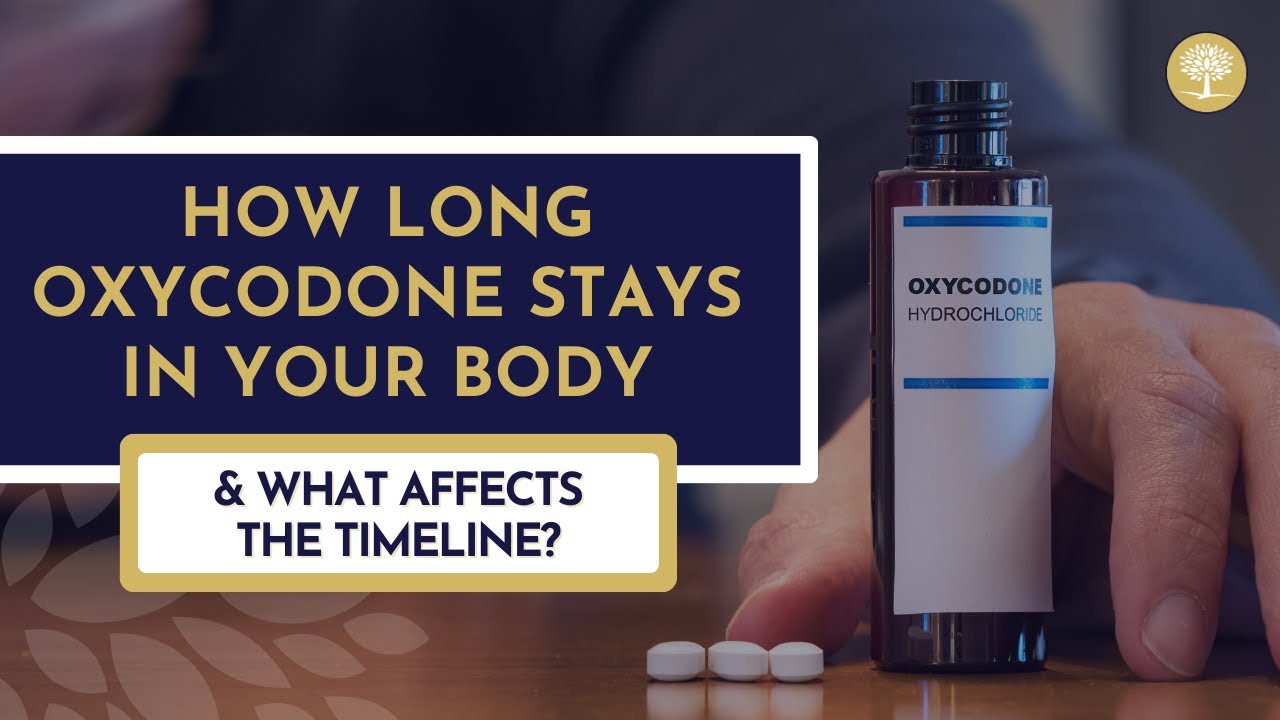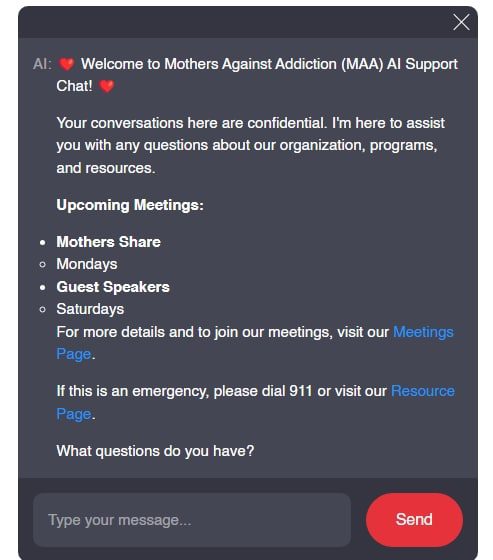
Understanding Percaset and Its Role in Pain Management
Percaset, a combination of oxycodone and acetaminophen, is a medication often prescribed to manage moderate to severe pain. This powerful drug can provide relief, helping many feel more like themselves again. However, the weight of its dangers is becoming more evident, and it’s crucial to demystify this medication and understand its implications. As the opioid crisis continues to cast a long shadow, the risks associated with Percaset are not limited to those who take it but extend to their families and the community at large.
The opioid epidemic affects millions across various demographics, drawing attention to how meds containing oxycodone, including Percaset, can create a devastating cycle of addiction. When prescribed with good intentions, Percaset can lead down a dark path. In a world where the conversation about addiction often revolves around stigma and fear, we must find ways to foster understanding and compassion. At Mothers Against addiction, we seek to educate parents about these issues and provide support to those experiencing these heartbreaking challenges.

Top 5 Life-Altering Dangers of Percaset Use
One of the biggest concerns surrounding Percaset is its potential for addiction and dependency. As people use the medication, their bodies can develop a tolerance, requiring higher doses to achieve the same pain relief. This cycle can spiral quickly, pushing individuals toward addiction. The real-life impacts are staggering—families can topple into chaos, jobs can be lost, and relationships may crumble under the weight of this invisible strain. You might find yourself asking, “How did it come to this?”
The risk of Percaset being contaminated with fentanyl raises alarms. Fentanyl is an extraordinarily potent opioid, and just a tiny amount can lead to overdose or death. The tragic story of Prince, who died in 2016 due to an accidental fentanyl overdose, serves as a sobering reminder of how these substances can intertwine dangerously. Families can face unthinkable grief, often without even realizing the lurking dangers of what their loved ones are consuming.
Some patients may mix Percaset with other pain medications like tramadol to amplify effects. This dangerous cocktail can lead to pronounced adverse effects, such as respiratory depression or even seizures. A case study from 2020 highlighted a heartbreaking incident where a 34-year-old man almost died after combining these medications. The heartbreaking takeaway here is that while we seek relief from pain, what lies alongside that pain can be catastrophic—seriously compounding the issue instead of alleviating it.
Using Percaset over extended periods can be perilous. Beyond addiction, long-term use can lead to significant health issues, from chronic constipation to liver damage—thanks to the acetaminophen component. The American Journal of Psychiatry published findings in 2023, documenting a decline in cognitive function among long-term opioid users compared to those who don’t. Just think about it; what does it mean to lose the very essence of our decision-making abilities? For many struggling with addiction, these health outcomes can paint a bleak future.
When someone in a family struggles with Percaset addiction, it sends shockwaves throughout the household. Emotional and financial strain intertwines, leading to disrupted family dynamics. Your children may pay the price, facing off against their own mental health challenges or even being at a higher risk for substance use themselves. Take the Robinson Family, for example. Parents wrestling with their opioid addiction directly affected their children’s academic and emotional well-being. Their story exemplifies how addiction can interlace with generations, requiring a collective approach to healing.

Safe Prescribing Practices and Alternatives to Percaset
As we grapple with the dangers of Percaset, there’s a growing emphasis on safer prescribing practices. Health care providers now emphasize:
These practices aren’t just about preventing misuse; they also focus on creating a culture of safety and awareness among healthcare providers and patients alike.

Innovative Approaches to Addressing Percaset Misuse
Fighting against Percaset misuse takes community effort. Programs such as the Safe Harbor Initiative connect families with vital support networks and educational resources. This collaborative approach not only assists individuals struggling with opioids but also provides families a chance to understand the complexities surrounding addiction. By breaking down the stigma, initiatives like these offer a lifeline, reminding us that hope exists even in the darkest times.
Moreover, community-driven dialogues encourage compassion and understanding for those threatened by addiction. As Elizabeth Vargas famously said, “You can’t be afraid of what people are thinking,” and embracing that openness leads to healing for everyone affected.

Navigating a Path Forward
In conclusion, confronting the realities of Percaset isn’t just about the individual—it calls for addressing systemic issues and fostering community resilience. Making the conversation around opioids more nuanced is paramount. By shifting our focus from mere prescription metrics to a deeper understanding of addiction and its impact, we lay the groundwork for a healthier future.
Each step taken toward safe medication management can open doors to better outcomes. It’s about building a supportive environment wherein compassion thrives, and families find the strength to rise above the trials brought forth by addiction. At Mothers Against Addiction, we stand committed to empowering parents, breaking down barriers, and resources to prevent future generations from facing the tumultuous waves of addiction. Together, we can chart a course toward hope—because every life is worth saving, and together, we can truly make a difference.
Percaset: The Hidden Dangers That Can Change Lives Forever
Understanding the Risks of Percaset
When we think about medications like Percaset, many folks don’t realize how dangerous these pills can actually be. Percaset, a combination of oxycodone and acetaminophen, isn’t just a quick fix for pain. This seemingly innocent pill can lead to addiction, overdose, or even death. Did you know that an estimated 2 million Americans misused prescription opioids in 2021? That’s a shocking number! Unfortunately, substances like Percaset can change lives forever in ways that are hard to fathom.
In fact, awareness around the risks associated with Percaset can sometimes feel like a game of ‘whack-a-mole’—you knock one problem down, and another pops up. Just like the fascinating stories behind popular trends, such as the allure of a french hat, the dangers of Percaset can often be overlooked. As people continue to get What You need from pharmacies, understanding these risks becomes increasingly crucial.
The Hidden Conversations About Percaset
Let’s dive deeper, shall we? Many people never think about how addiction can creep up silently, much like how Luna Bellas graceful choreography can deceptively mask complex emotional undertones. These subtle signs of dependency on substances like Percaset can be as challenging to detect as a performance that leaves you wanting to know more. It’s essential to educate ourselves so we can recognize the signs early—knowledge is power!
Interestingly, those involved in the fight against addiction, including performers like Tenoch Huerta or popular figures such as the Ado singer, often use their platforms to raise awareness. Sharing stories and insights can spark conversations that bring families together to focus on recovery—an essential step in moving forward. Programs like Sbirt can help by providing early intervention and support for those in danger of addiction, proving that prevention and understanding are vital.
So, as we wrap our brains around the impacts of Percaset, remember: it’s about understanding the effects, discussing openly, and supporting each other during challenging times. Each piece of knowledge we gather can lead us toward healthier communities for our loved ones.




























